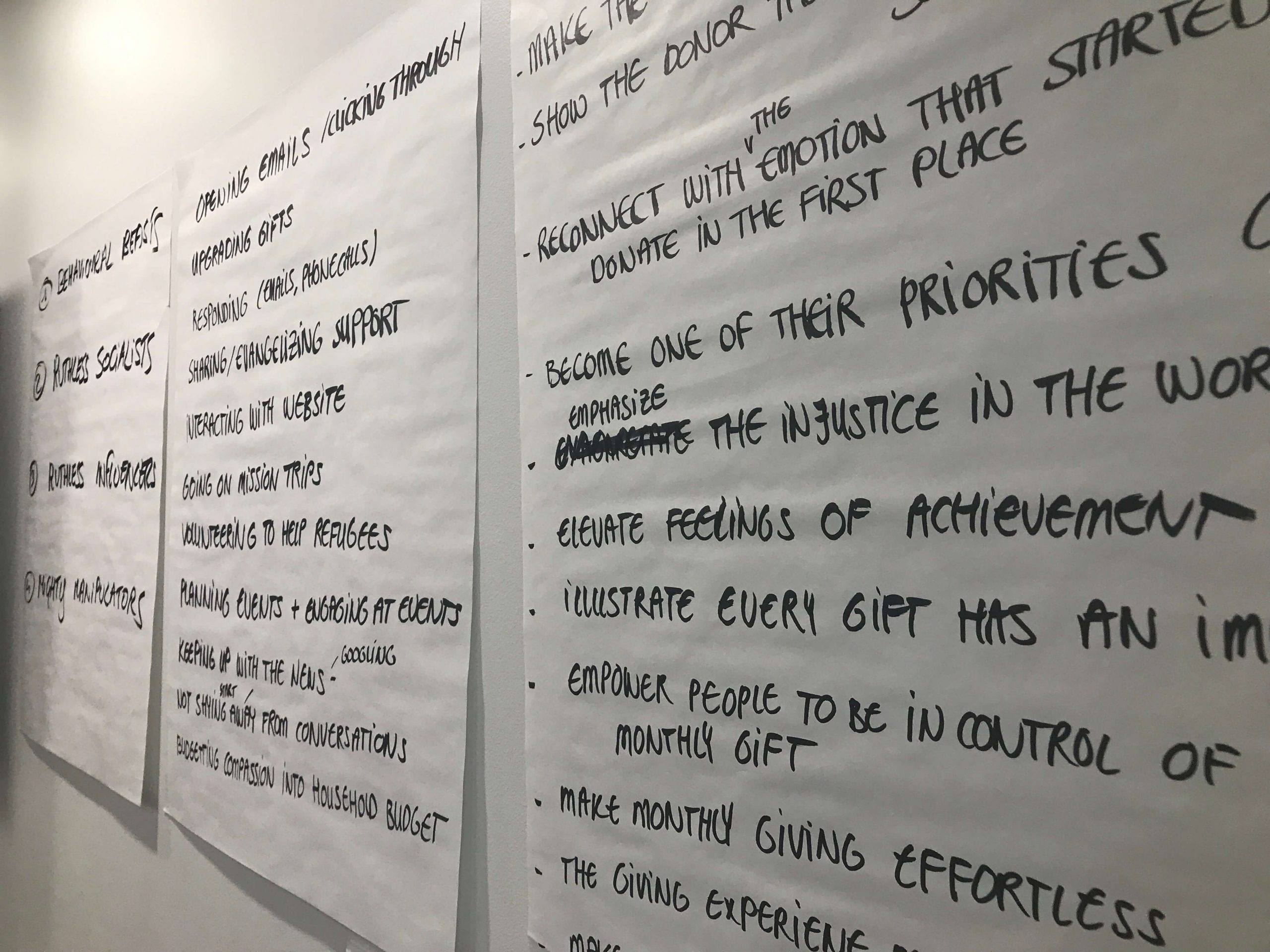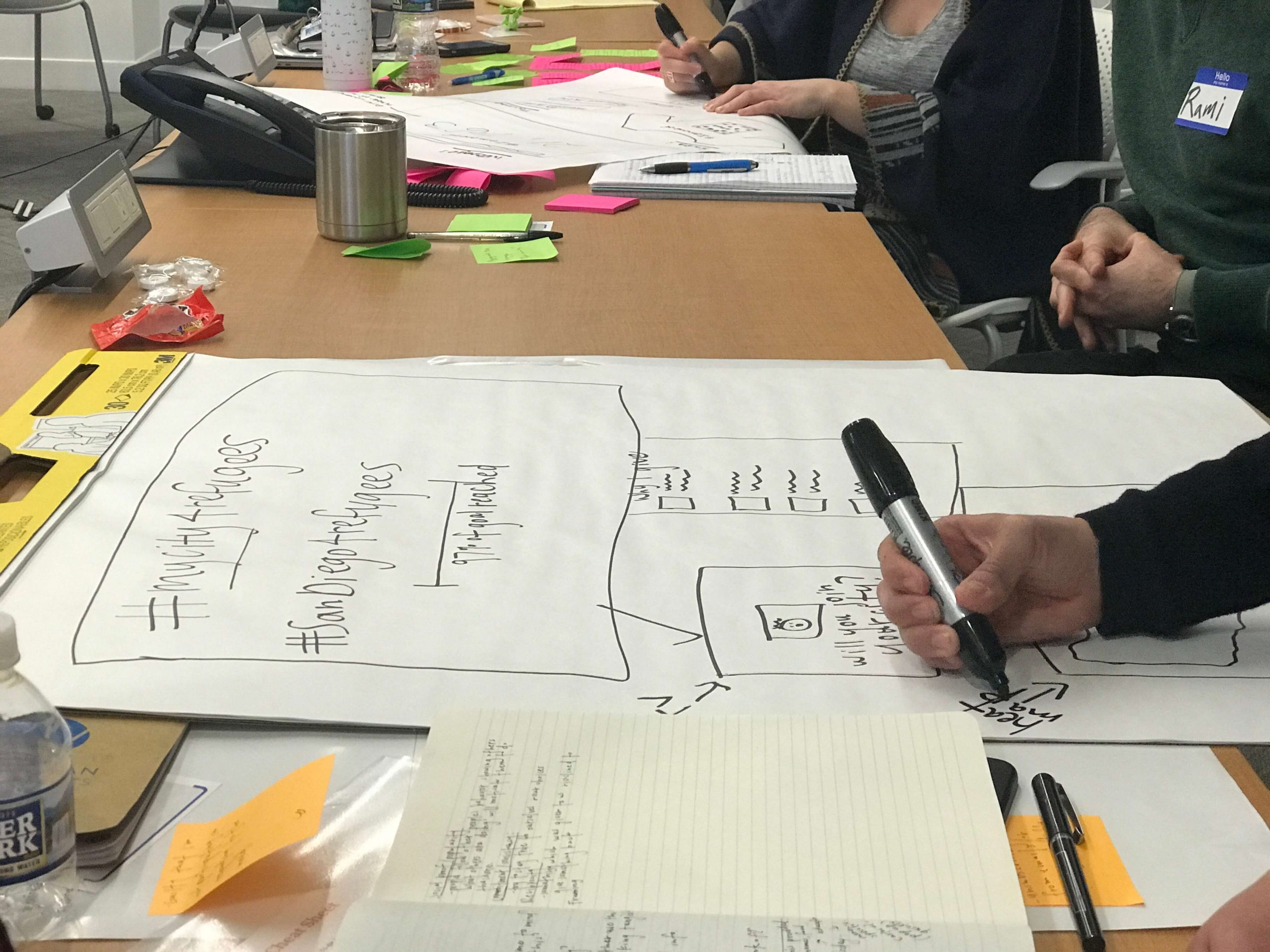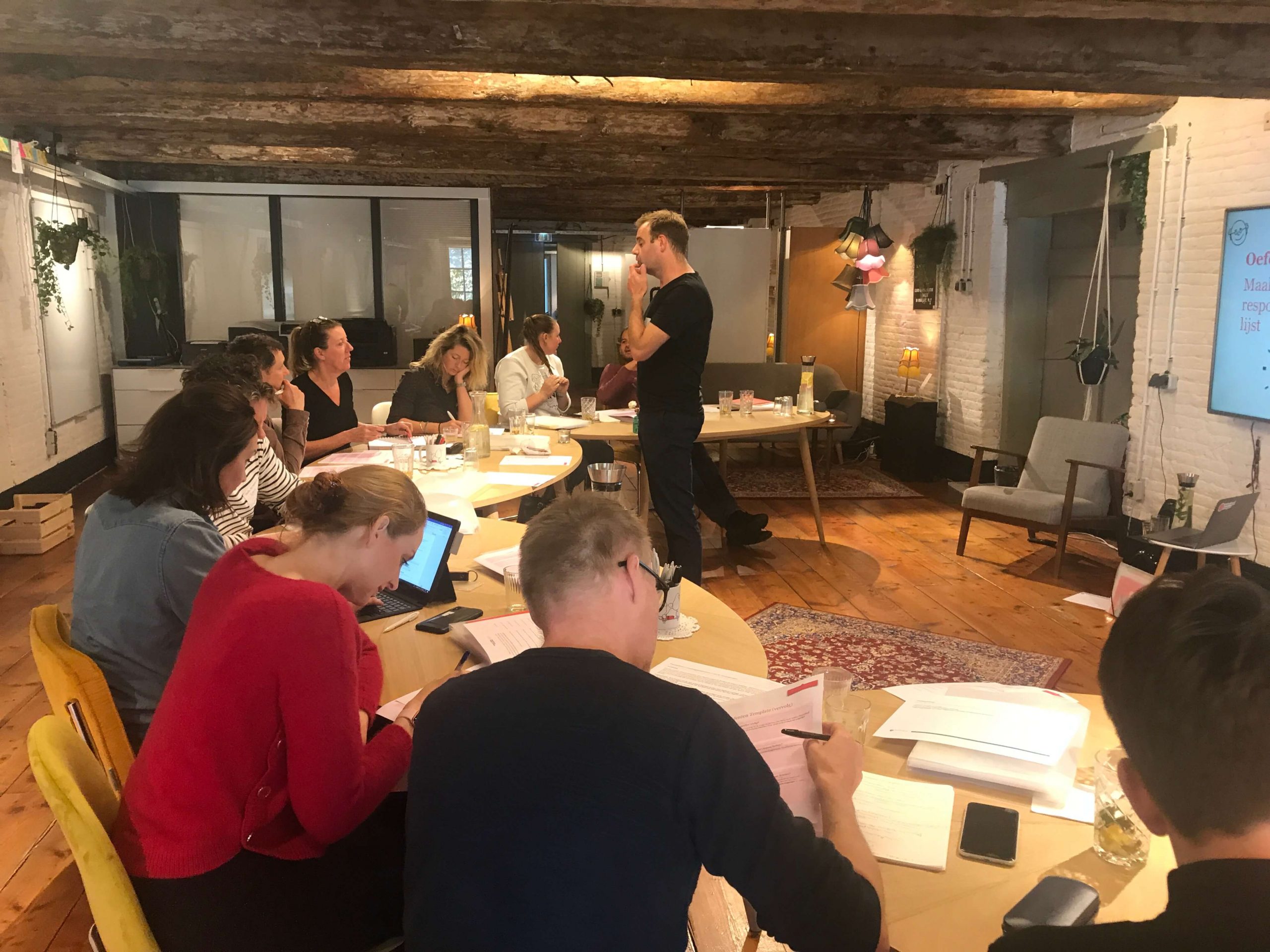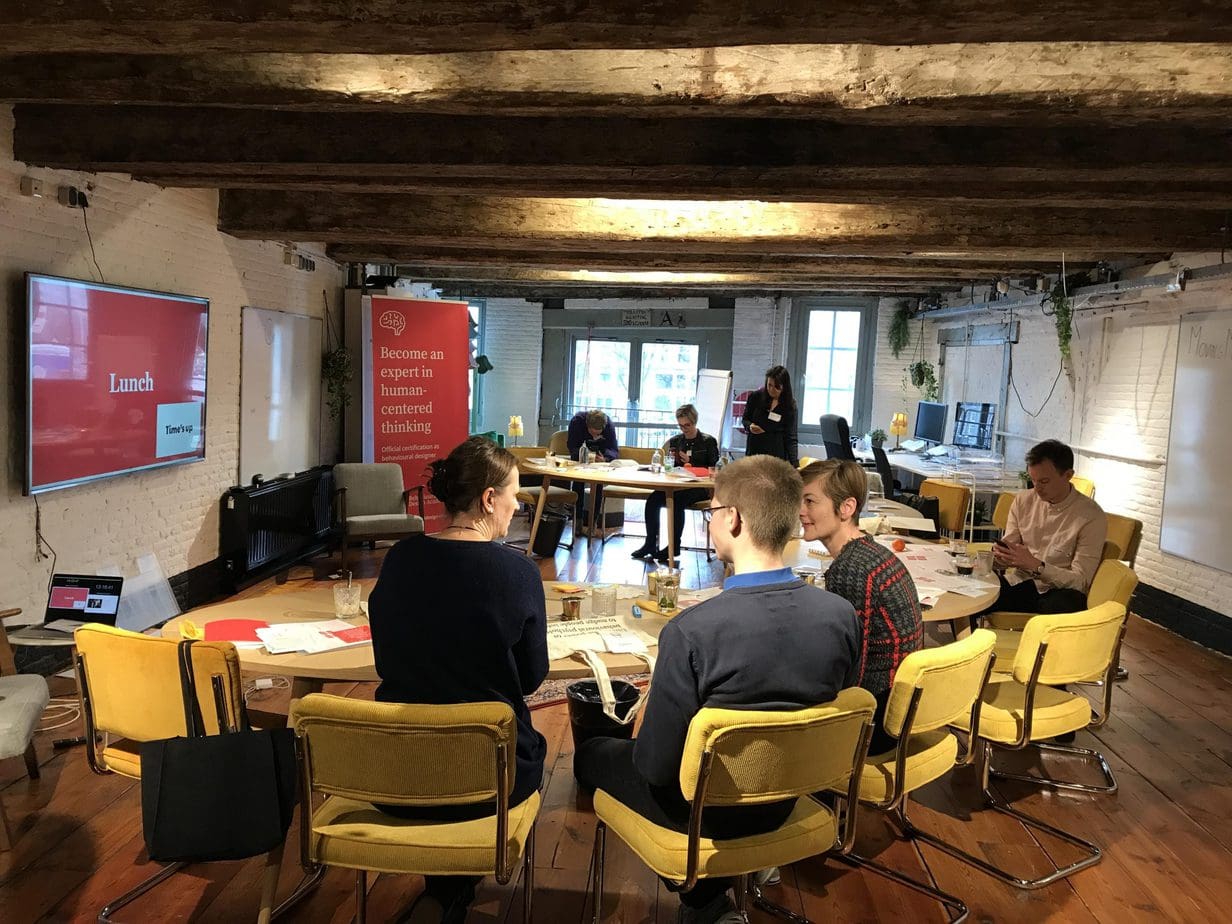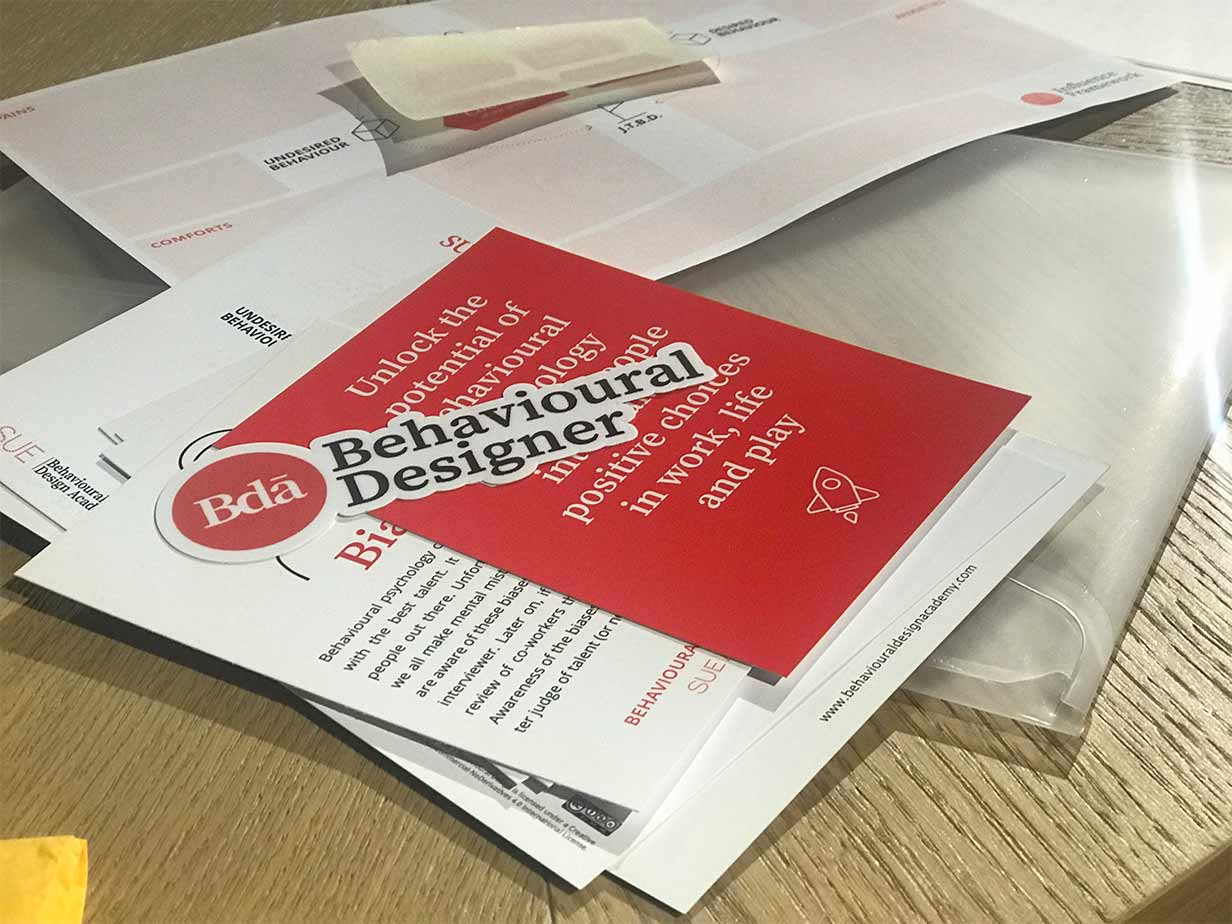Excerpt: this is a reference page. Here you can find the fundamentals of Kahneman’s breakthrough work on human decision making. Firstly, it will address his discovery of fast and slow thinking. Secondly, the importance of our unconscious mind in making decisions and influencing behaviour will be discussed.
 1. Kahneman Fast and Slow Thinking
1. Kahneman Fast and Slow Thinking
On this page, we want to give you a quick guide to Daniel Kahneman’s groundbreaking work about decision making. Maybe you’ve already heard of system 1 and system 2. Or you’ve heard Kahneman was the first psychologist to win the Nobel prize for economics in 2002. Could be you’ve heard about cognitive biases and heuristics. Enough to be intrigued. He is one of our heroes and the godfather of behavioural economics. We’ll give you the highlights of Kahneman’s thinking which he published in his best-selling book ‘Thinking Fast and Slow.’
Therefore, this isn’t so much an article as a reference page that you can consult whenever you want to know more. Or reread about Kahneman. To make your life a bit easier, we have created page sections so you can easily jump to the subject that is of particular interest to you. We also have included shortcuts links for this page as well as links to more detailed information if you want to dive a bit deeper. The page sections:
System 1 and 2
The power of your subconscious mind
Heuristic: definition and meaning
Cognitive bias
System 1 and system 2
Most importantly, the groundbreaking research of Daniel Kahneman showed that our brain has two operating systems. Which he called system 1 and system 2. These are the differences between the two systems of our brain:
System 1
- FAST
- DEFINING CHARACTERISTICS: unconscious, automatic, effortless
- WITHOUT self-awareness or control “What you see is all there is.”
- ROLE: Assesses the situation, delivers updates
- Does 98% of all our thinking
System 2
- SLOW
- DEFINING CHARACTERISTICS: deliberate and conscious, effortful, controlled mental process, rational thinking
- WITH self-awareness or control, logical and skeptical
- ROLE: seeks new/missing information, makes decisions
- Does 2% of all our thinking
System 2 is a slave to our system 1
To summarize, you could say that our system 2 is a slave to our system 1. Our system 1 sends suggestions to our system 2 which then turns them into beliefs. Do you want to know more about the differences between system 1 and 2? We’ve created a more elaborate overview of the main characteristics of system 1 and 2. Or maybe you’d like to hear Daniel Kahneman himself explain the concept of system 1 and 2? This is a good video to watch and is only 6.35 minutes long.
Want to shape behaviour and decisions?
Then our two-day Fundamentals Course is the perfect training for you. You will learn the latest insights from behavioural science and get easy-to-use tools and templates to apply these in practice right away!
The power of your subconscious mind
Kahneman’s additional discovery of the bandwidth of each system was what made this research so significant. It was a breakthrough into the lack of reasoning in human decision-making. He showed how the two thought systems arrive at different results, even though they are given the same inputs. Foremost, however, he revealed the power of the subconscious mind; where we all tend to think we’re rational human beings who think about our decisions and about the things we do. Kahneman demonstrated that we’re (almost) completely irrational. But that’s a good thing. It’s our survival mechanism.
35,000 decisions a day
On average we all have about 35,000 decisions to make each day. These differ in difficulty and importance. It could be taking a step to your left or right when talking. Or deciding to take the stairs or elevator. But they all hit you on a daily basis. If you had to consciously process all these decisions your brain would crash. Your automatic system’s primary task is to protect your system 2 in order to prevent cognitive overload.
There are a few ways our automatic system lightens the load on our deliberate system. First, it takes care of our more familiar tasks by turning them into autopilot routines, also known as habits. But what system 1 primarily does is rapidly sift through information and ideas without you even noticing it by prioritising whatever seems relevant and filtering out the rest by taking shortcuts. These shortcuts are also called heuristics. We’ll explain them in the next section.
We are all irrational human-beings
Above all, we all have to accept that we are irrational human beings almost all the time. Even if you think you’re not. Somehow we can accept our irrationality, or at least understand it when it’s explained to us, but we keep making the same mistake with others. When trying to influence someone, we tend to forget they are irrational too. We often try to convince somebody with rational arguments or facts. We love to tell someone about the benefits of our products or services or ideas.
Decisions are based on short-cuts
However, the decision of the person you’re trying to convince isn’t based on this rational information. It’s based on system 1 shortcuts. Kahneman’s work demonstrates that people struggle with statistics and cannot reason the probable outcomes of their decisions. A second very important insight from his work is that our decisions are driven by heuristics and biases. We’ll dive deeper into those in the next two sections.
Heuristic: definition and meaning
The shortcuts our system 1 makes are heuristics. The definition of a heuristic, as can be found on Wikipedia, is:
Any approach to problem-solving, learning, or discovery that employs a practical method, not guaranteed to be optimal, perfect, logical, or rational. But instead sufficient for reaching an immediate goal. Where finding an optimal solution is impossible or impractical. Heuristic methods can be used to speed up the process of finding a satisfactory solution. Heuristics can be mental shortcuts that ease the cognitive load of making a decision.
A heuristic is our automatic brain at work
If we bring it back to Kahneman’s thinking, a heuristic is simply a shortcut our automatic (system 1) brain makes to save the mental energy of our deliberate (system 2) brain. This is our survival mechanism at play. You’re probably already familiar with the experience of heuristics. We sometimes refer to them as a gut feeling, guestimate, common sense, or intuition. We use heuristics for problem-solving that isn’t a routine or habit. The way we ‘build’ heuristics is by reviewing the information at hand and connecting that information to our experience. Heuristics are strategies derived from previous experiences with similar problems. The most common heuristic is trial and error, trying to solve a problem based on experience instead of theory.
The availability heuristic
Another example is the so-called availability heuristic. When making a decision, this heuristic provides us with a mental short-cut that relies on immediate cases that come to our mind. Or easier put: we value information that springs to mind quickly as being more significant. So, when we have to make a decision, we automatically think about related events or situations. As a result, we might judge those events as being more frequent or more probable than others. Therefore, we have a greater belief in this information and tend to overestimate the probability and likelihood of similar things happening in the future.
Heuristics can be wrong: biased
The problem with heuristics is that sometimes they’re wrong. They are nothing more than mental shortcuts that usually involve focusing on one aspect of a complex problem and ignoring others. Therefore, heuristics affect our decision-making and, subsequently, our customer’s behaviour.
Do you want applied Behavioural Design delivered to your inbox?
Join over 5.000 forward-thinking leaders, innovators, and professionals who use our insights to amplify their impact, growth, and transformation by injecting behavioural intelligence into their organisation and projects.
Cognitive bias
With all this in mind, you could say that Kahneman discovered something very interesting about our cognitive abilities as human beings. To be clear about the meaning of cognition, let’s take a look at how the dictionary defines it.
“The mental action or process of acquiring knowledge and understanding through thought, experience, and the senses.”
What Kahneman discovered is truly paradigm shifting. It is breakthrough thinking that can even hurt egos. We are far less rational and far less correct in our thinking than we’d like to give ourselves credit for. The side-effect of heuristics is that we all suffer from cognitive bias. A cognitive bias refers to a systematic pattern of deviation from norm or rationality in judgment, whereby inferences about other people and situations may be drawn in an illogical fashion. Individuals create their own ‘subjective social reality’ from their perception of the input.
List of cognitive biases
There are a lot of cognitive biases. You can take a look on Wikipedia, at their extensive list of cognitive biases or check out an overview we made of the most common ones. The most important thing to remember is that we all base our decisions on a heuristic, and we all are influenced by our cognitive biases. By being aware of the most common biases, you can anticipate them.
Cognitive bias in recruitment
To round things up, here is an example that ties up all the concepts of Kahneman discussed in this post. Think about recruitment. If you have to interview a person for a position for your team or organisation, the chance of this person is getting hired is proven to be established in the first 10 minutes. What happens? A person steps into the room and your system 1 makes a fast, mostly unconscious judgment based on heuristics. This leads to certain biases in your judgment. If the person is similar to you, your system 1 instantly likes him or her (liking bias). If the person wears glasses, your system 1 thinks he or she is smart (stereotyping bias). It all happens fast.
Lowering mental stress
In conclusion, your system 1 has sent these suggestions to your system 2 without you even noticing it. And your system 2 turns those into beliefs. The rest of the interview your system 2 looks for affirmation of the system 1 suggestions. To recap, our brain simply loves consistency. It lowers our mental stress or cognitive overload. And there you go. You base your final judgment on the two operating systems of your brain. Helped by heuristics and skewed by cognitive bias. We do this all day, in all kinds of situations.
BONUS: How to become a better recruiter by understanding your biases'
Especially for you we've created a free cheat card to make sure you avoid these biases in HR situations. For you to keep at hand, so you can start using the insights from Kahneman whenever you want—it is a little gift from us to you.
To sum it up
To sum it up, by understanding Kahneman you can understand human decision-making. Because if you understand human-decision making, you can understand human or customer behaviour. You can see how we are predictably irrational. Dan Ariely wrote a beautiful book with this title, which we highly recommend. However, we just have to accept our own irrationality and understand that if we want to convince someone or try to nudge them into a certain behaviour, they are just irrational too.
Would you like to know more?
We have created a brochure telling you all about the details of the Behavioural Design Sprint. Such as the set-up, the investment, the time commitment, and more. Please, feel free to contact us any time should you have any further questions. We are happy to help!
How do you do. Our name is SUE.
Do you want to learn more?
Suppose you want to learn more about how influence works. In that case, you might want to consider joining our Behavioural Design Academy, our officially accredited educational institution that already trained 2500+ people from 45+ countries in applied Behavioural Design. Or book an in-company training or one-day workshop for your team. In our top-notch training, we teach the Behavioural Design Method© and the Influence Framework©. Two powerful tools to make behavioural change happen in practice.
You can also hire SUE to help you to bring an innovative perspective on your product, service, policy or marketing. In a Behavioural Design Sprint, we help you shape choice and desired behaviours using a mix of behavioural psychology and creativity.
You can download the Behavioural Design Fundamentals Course brochure, contact us here or subscribe to our Behavioural Design Digest. This is our weekly newsletter in which we deconstruct how influence works in work, life and society.
Or maybe, you’re just curious about SUE | Behavioural Design. Here’s where you can read our backstory.
